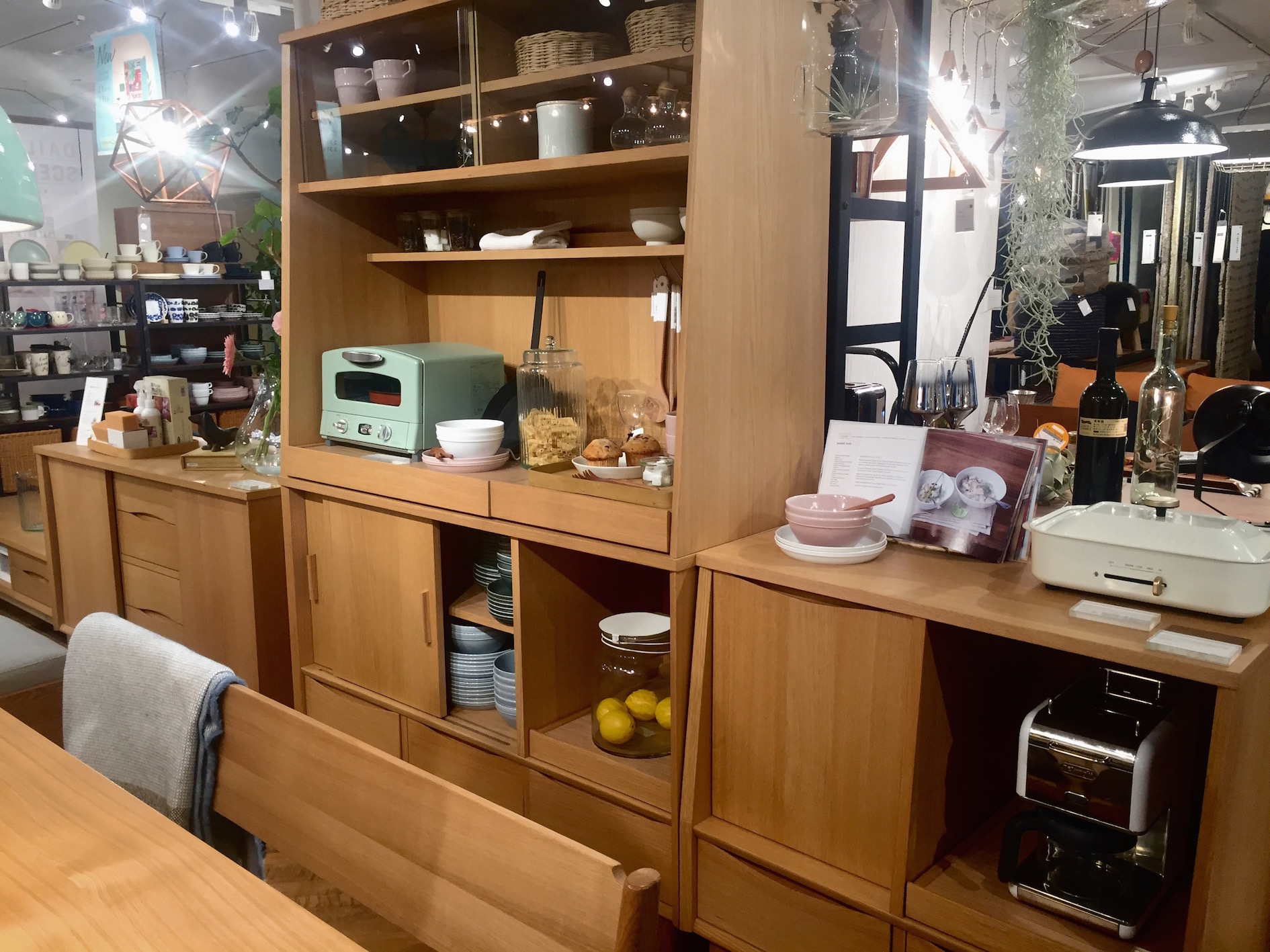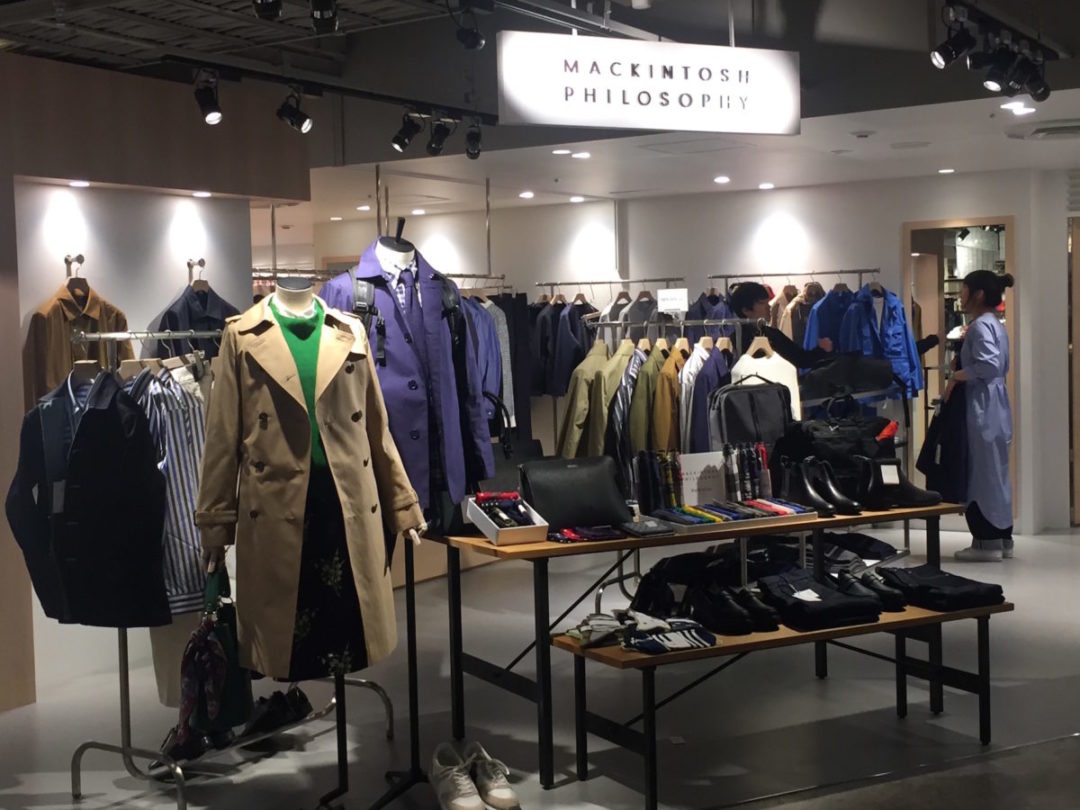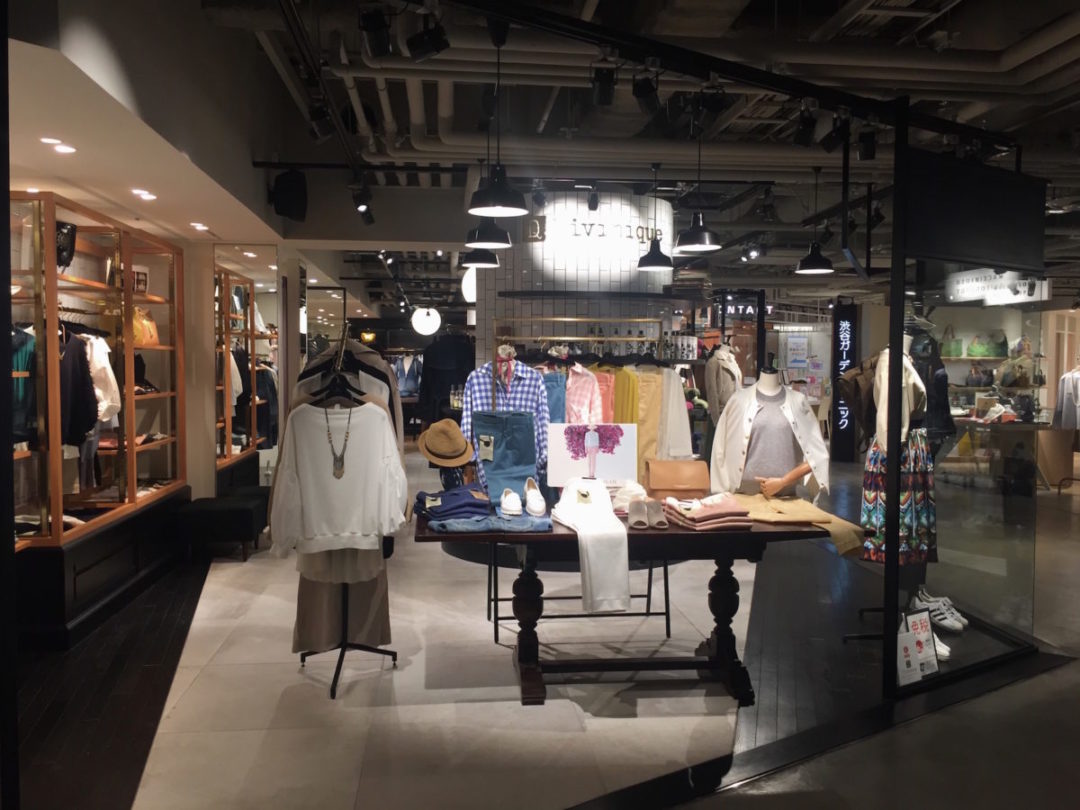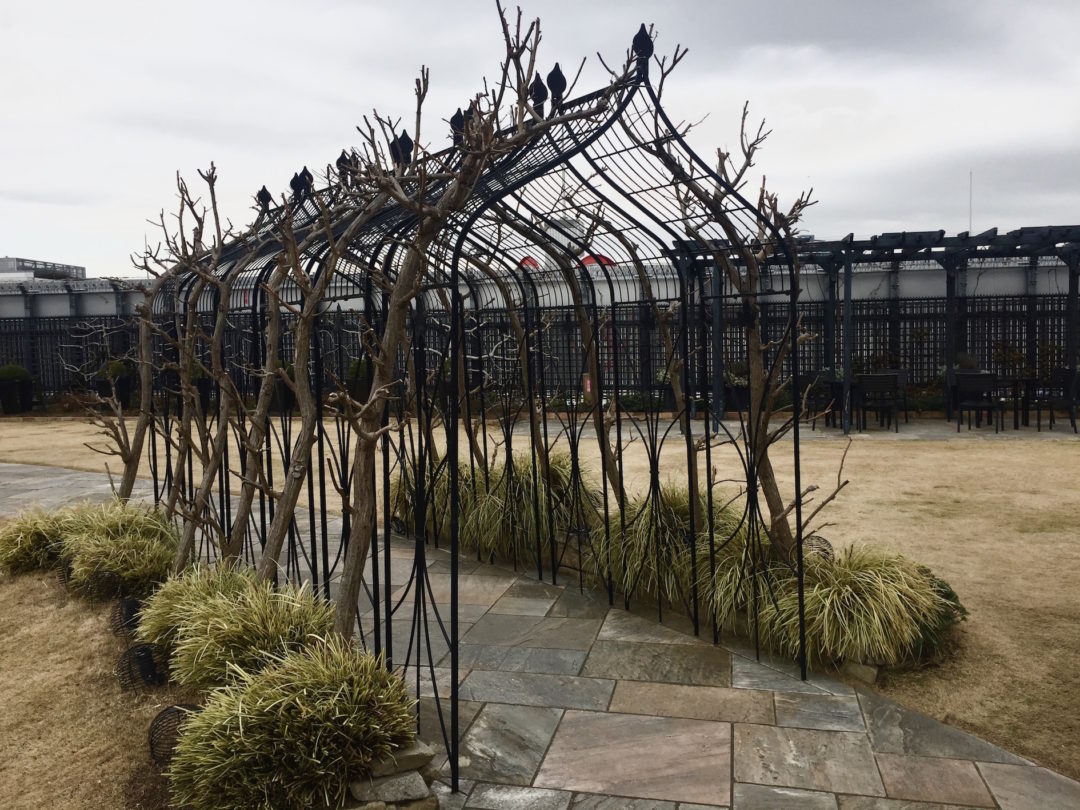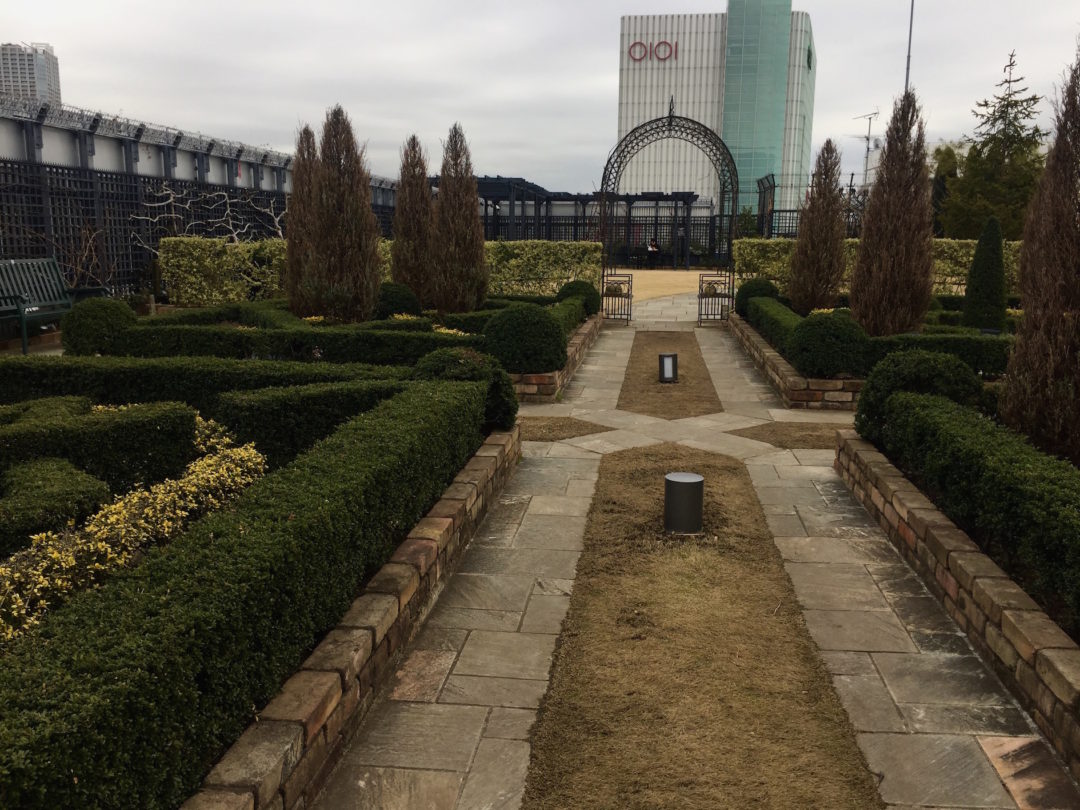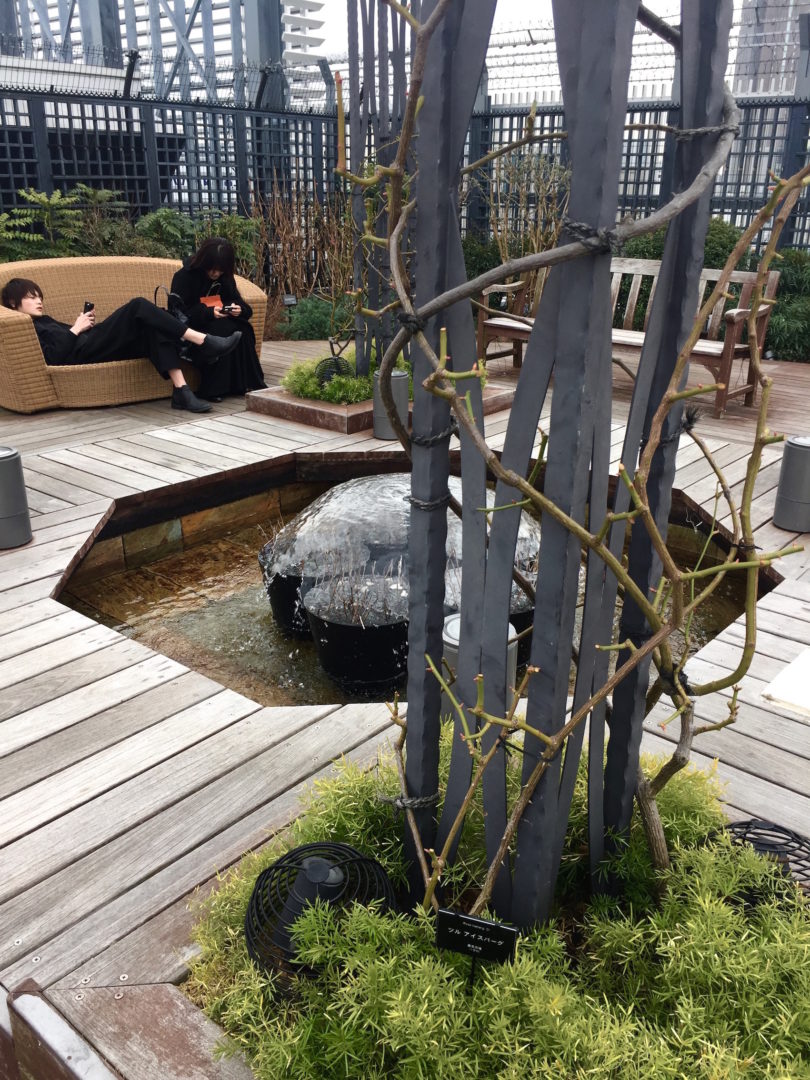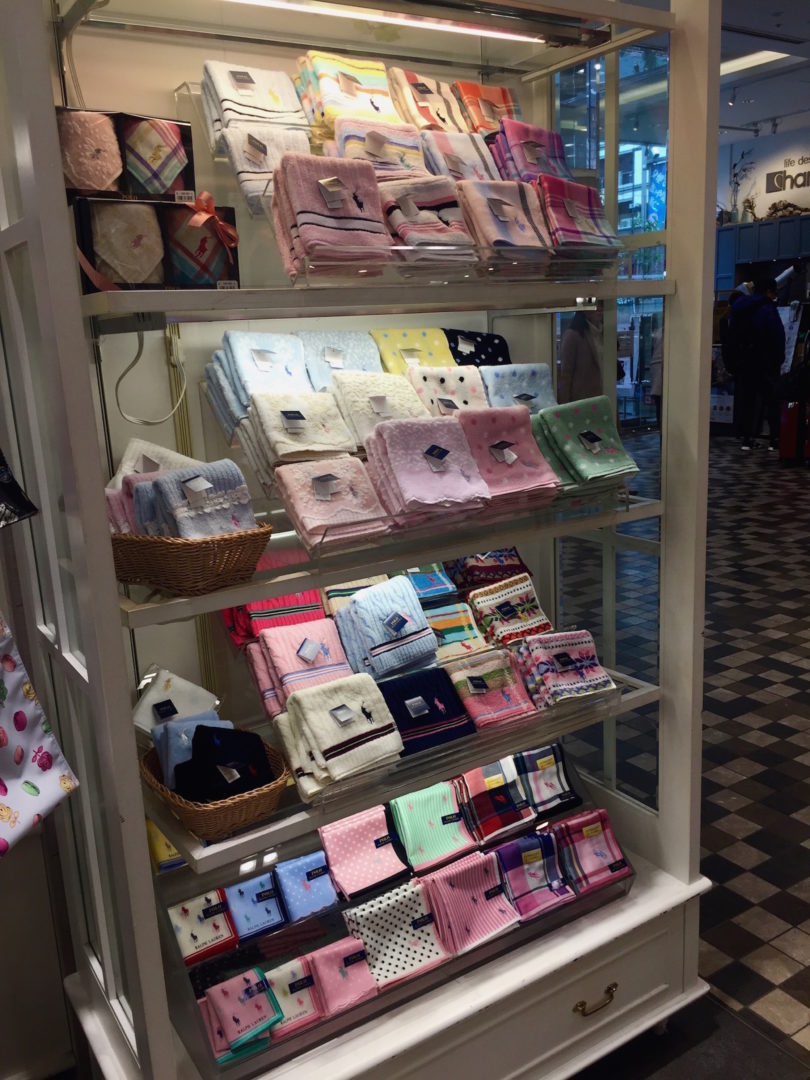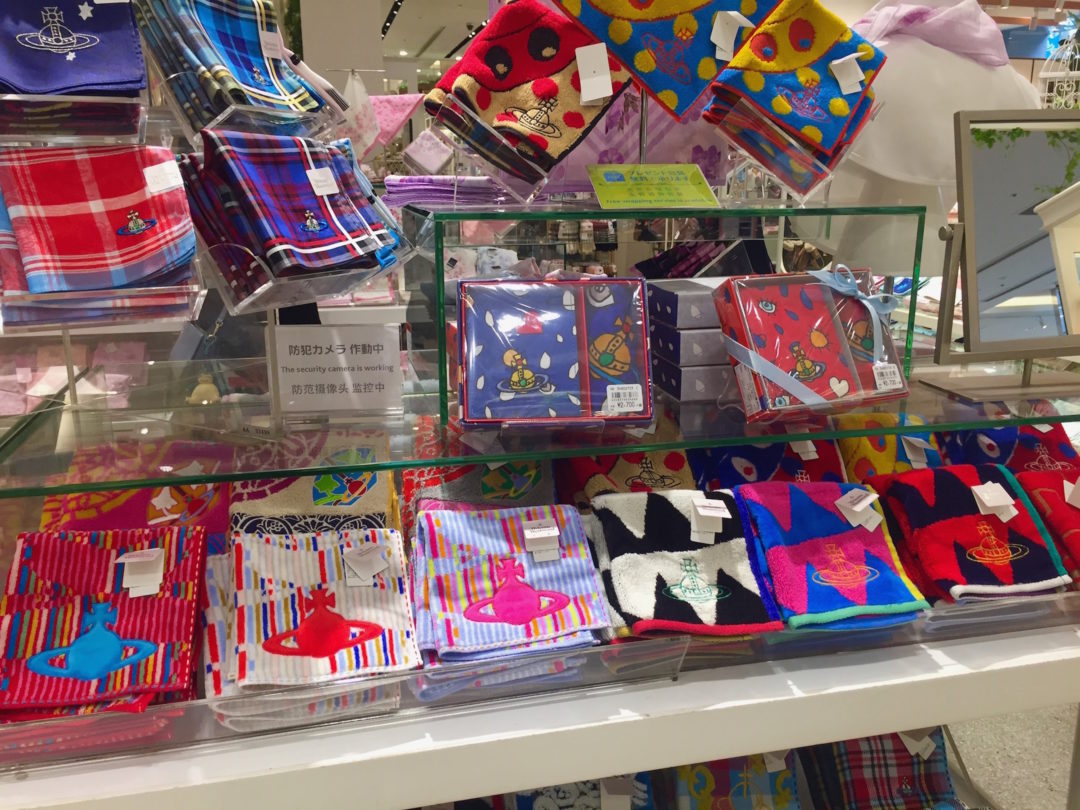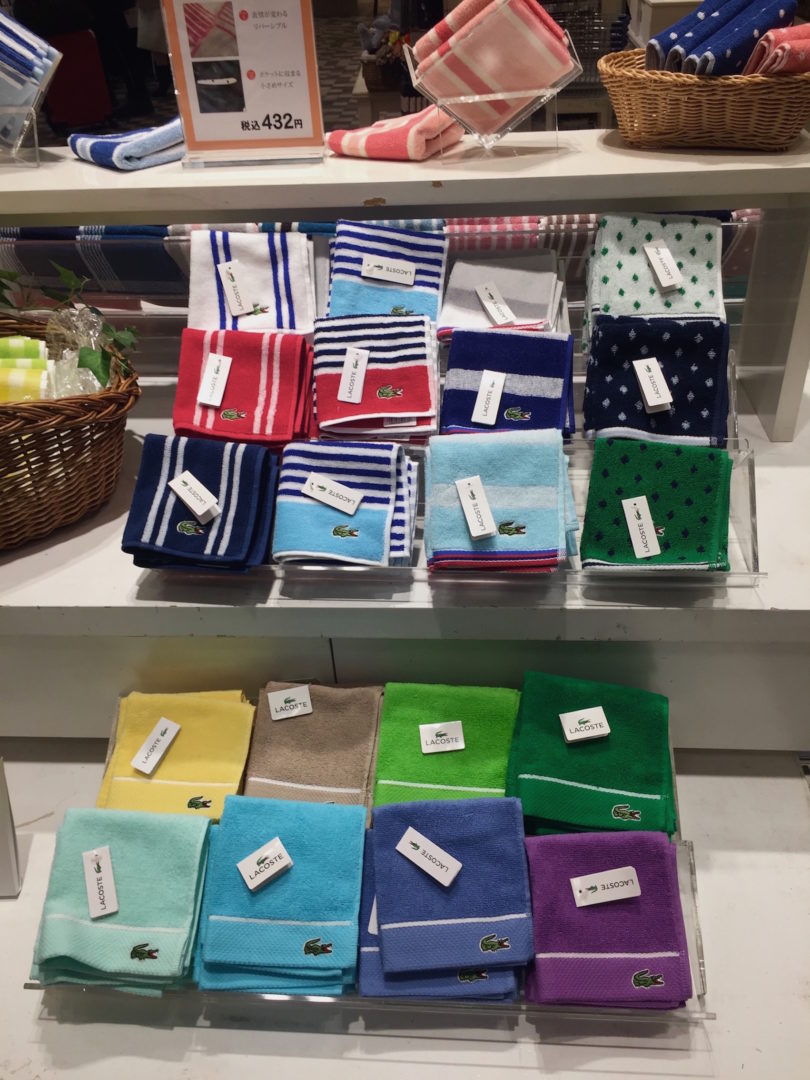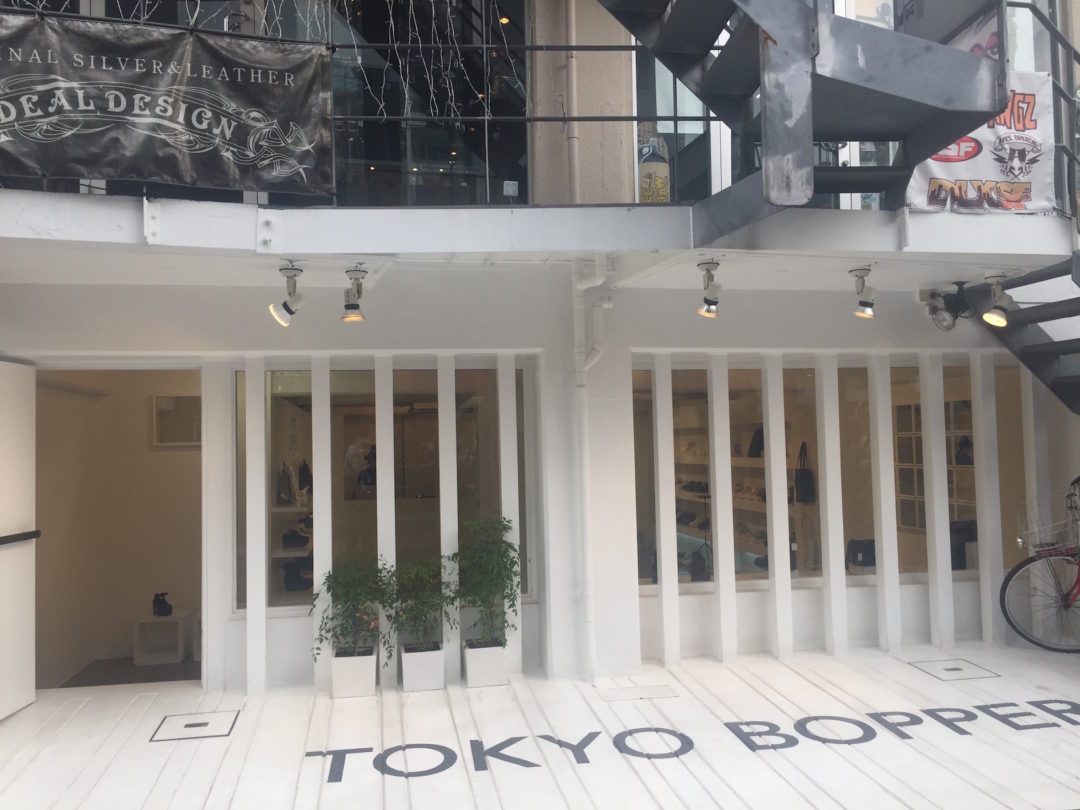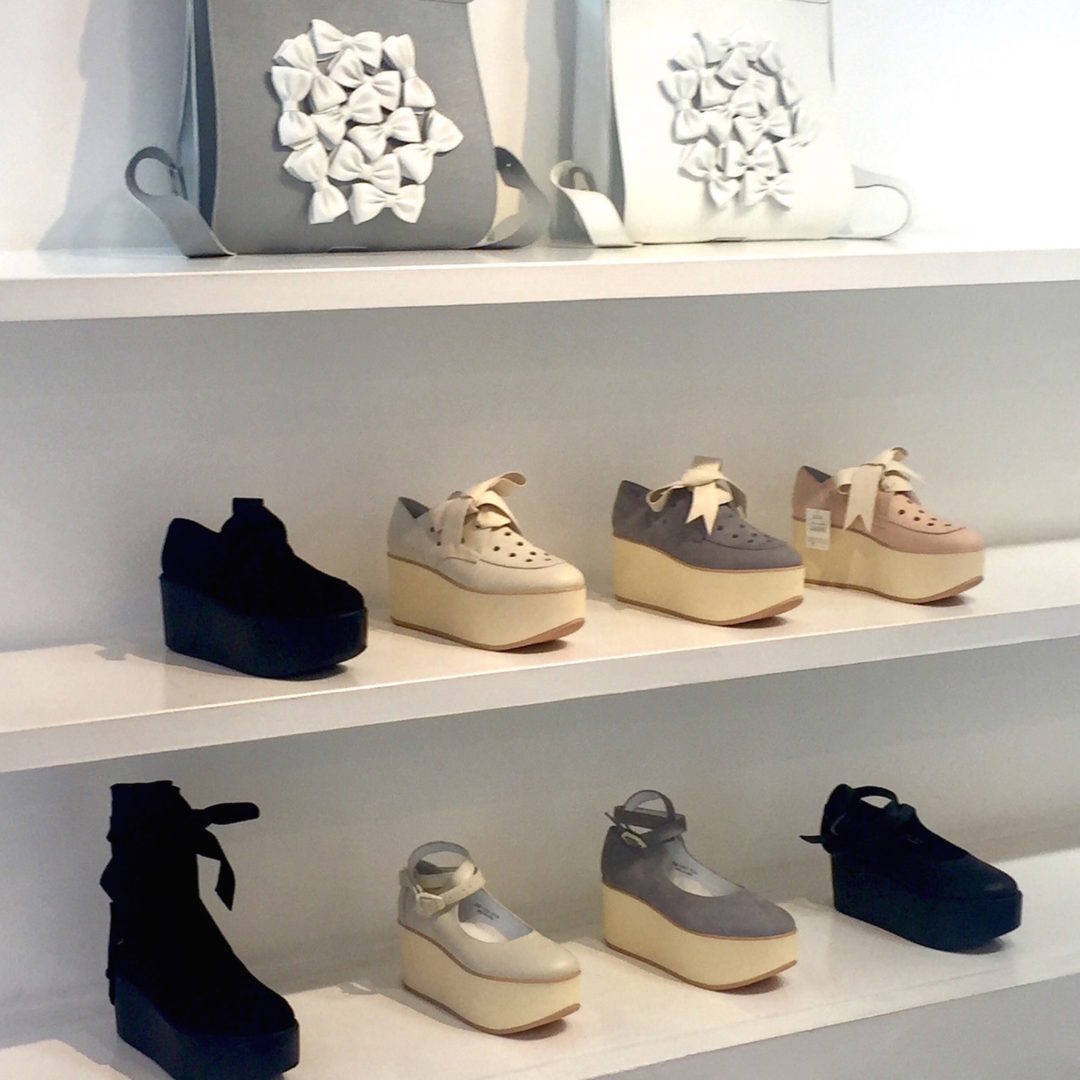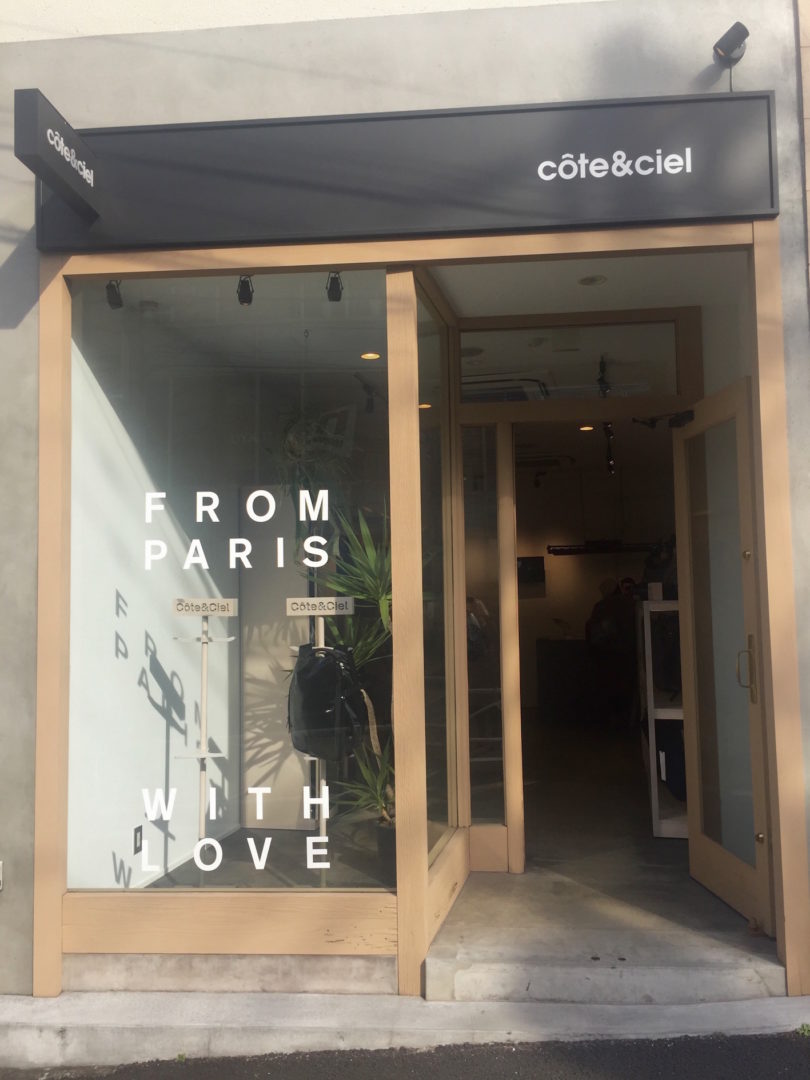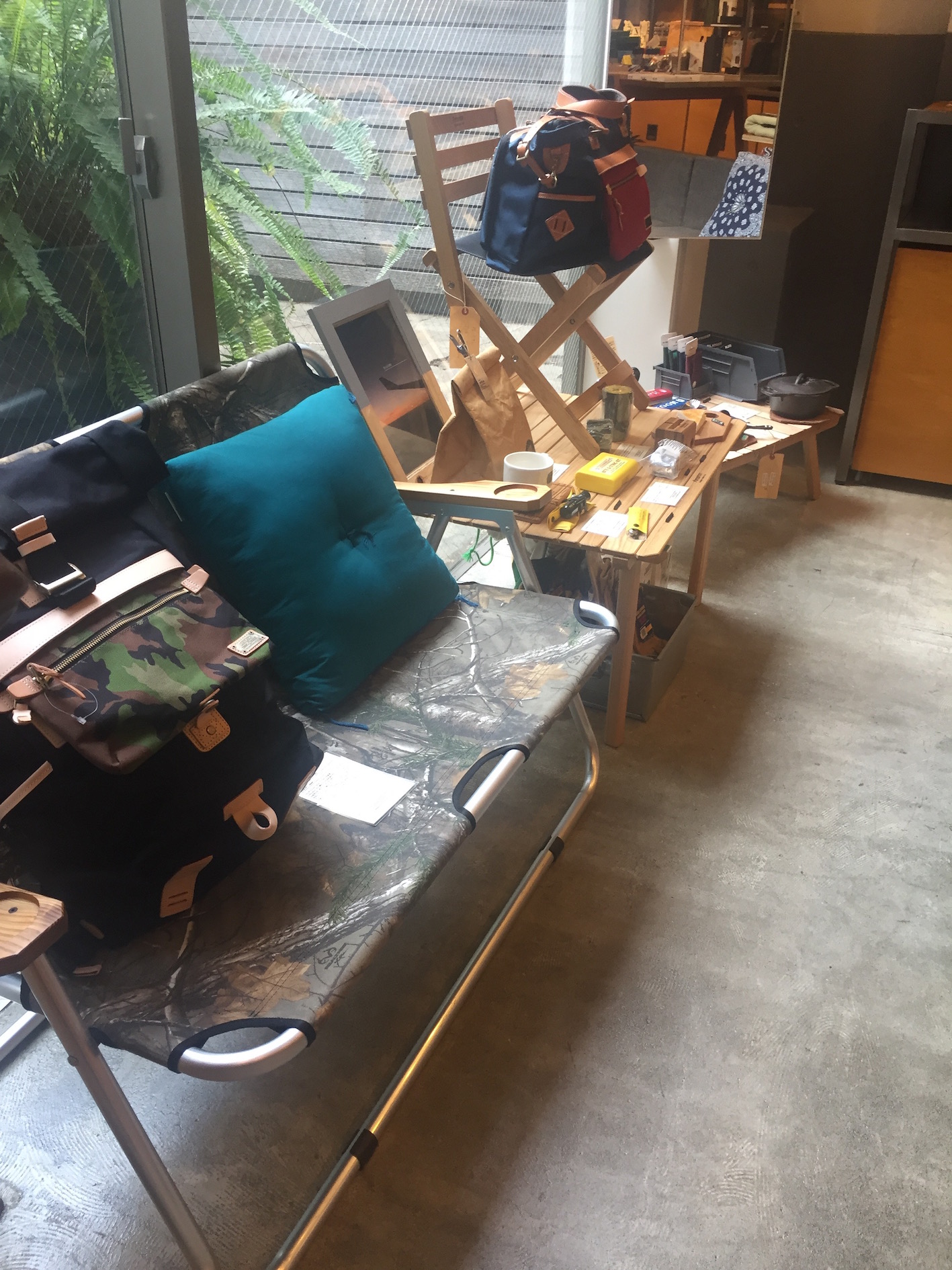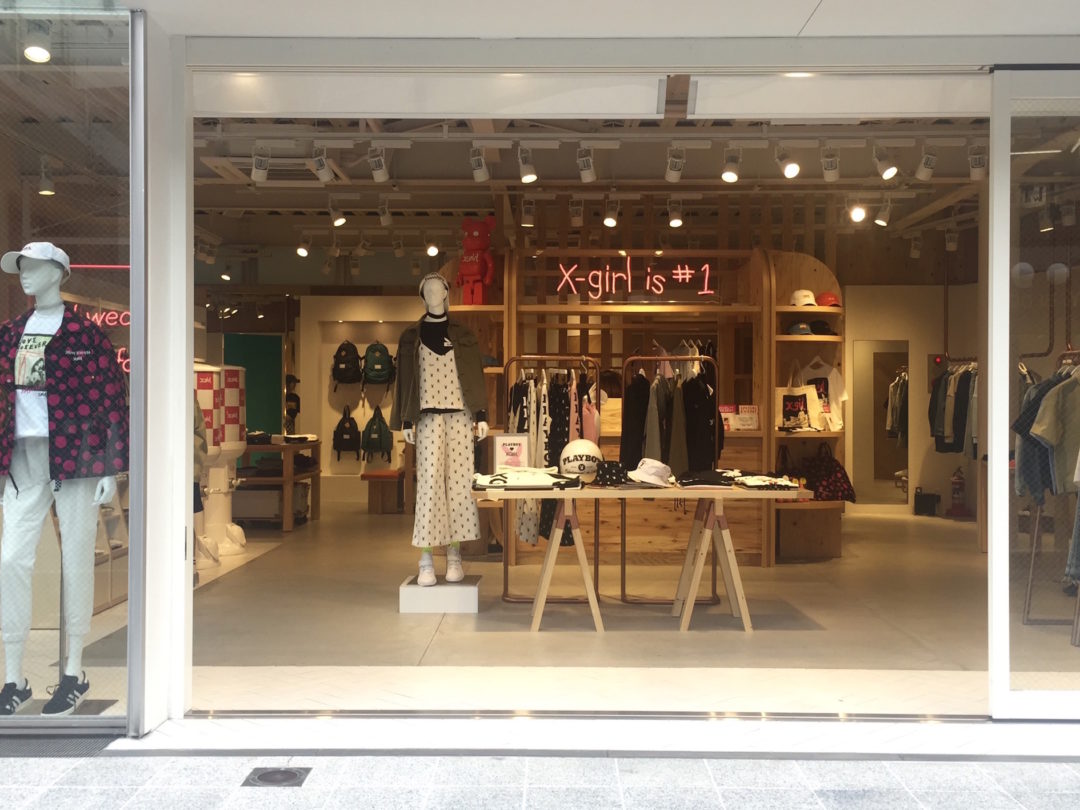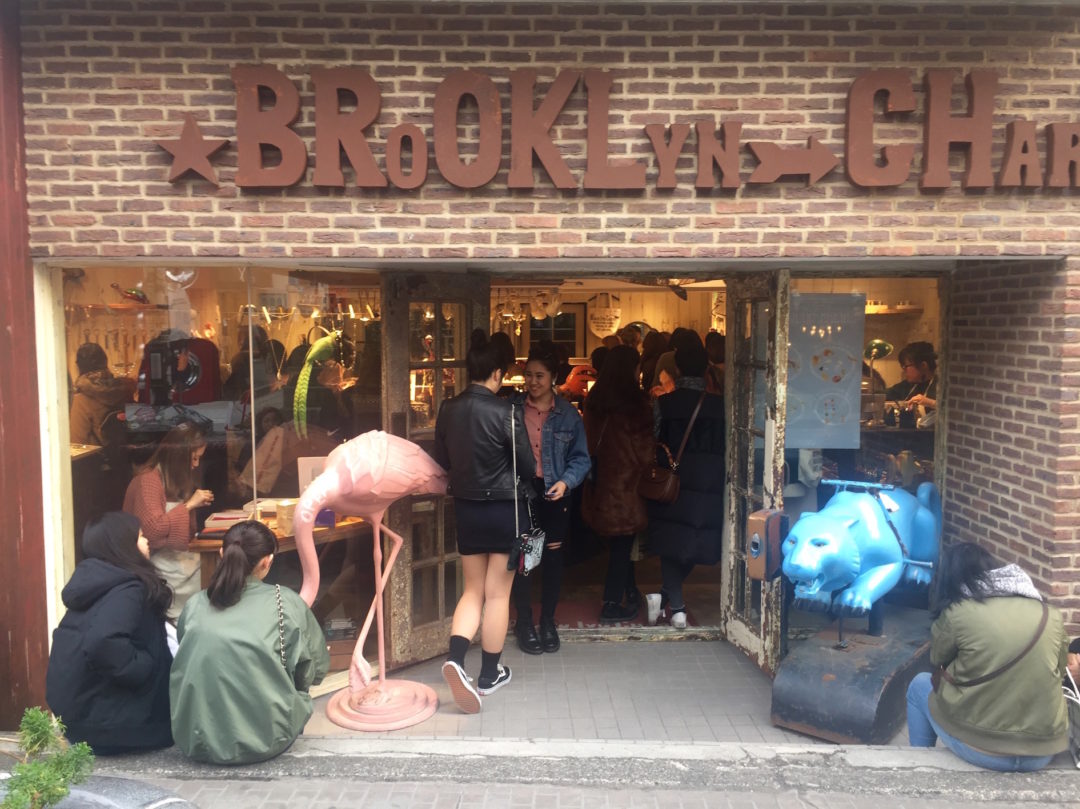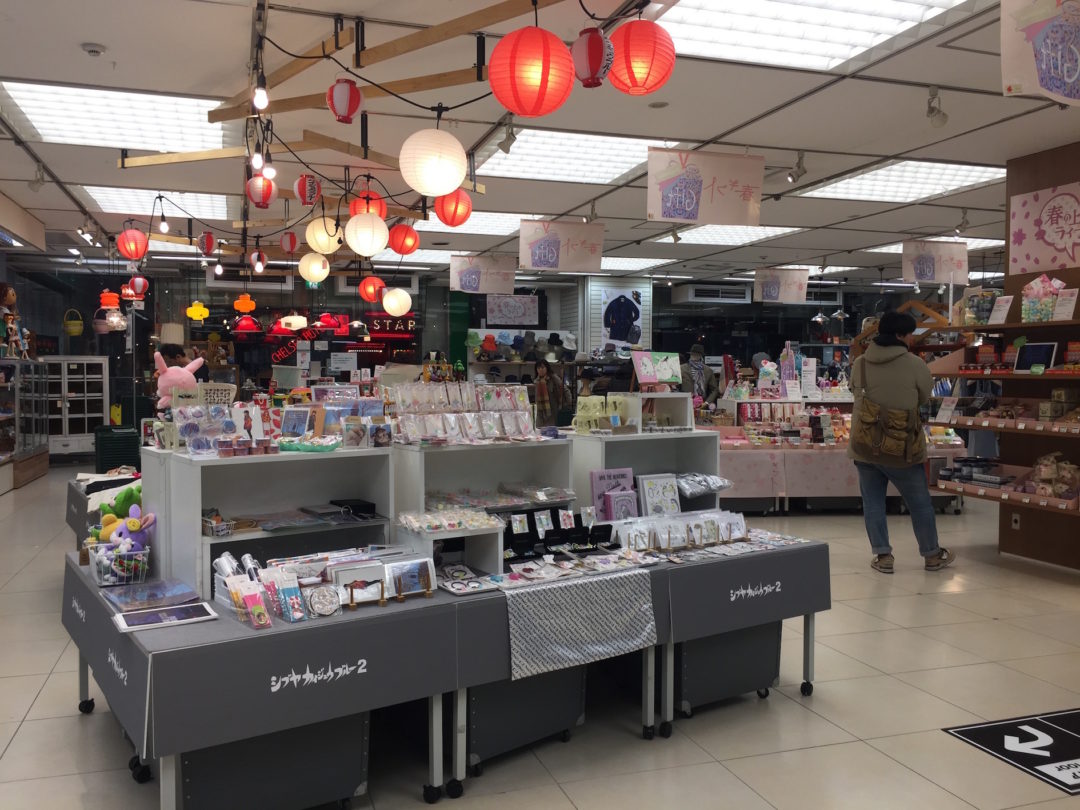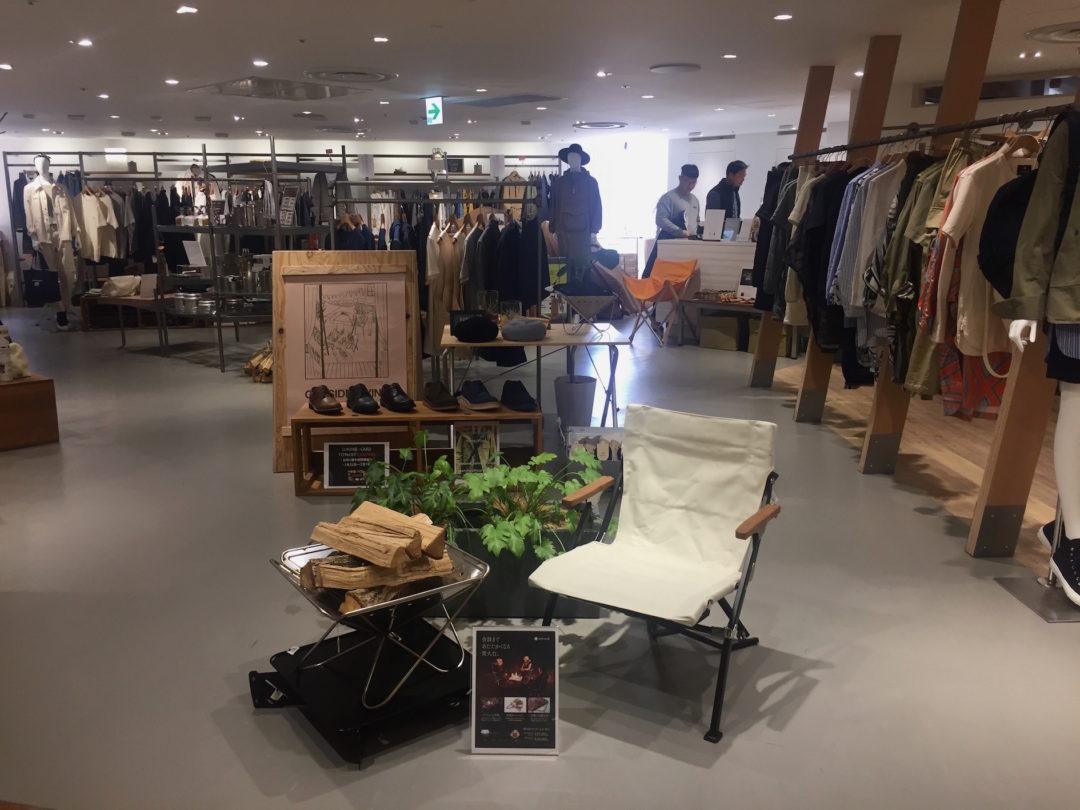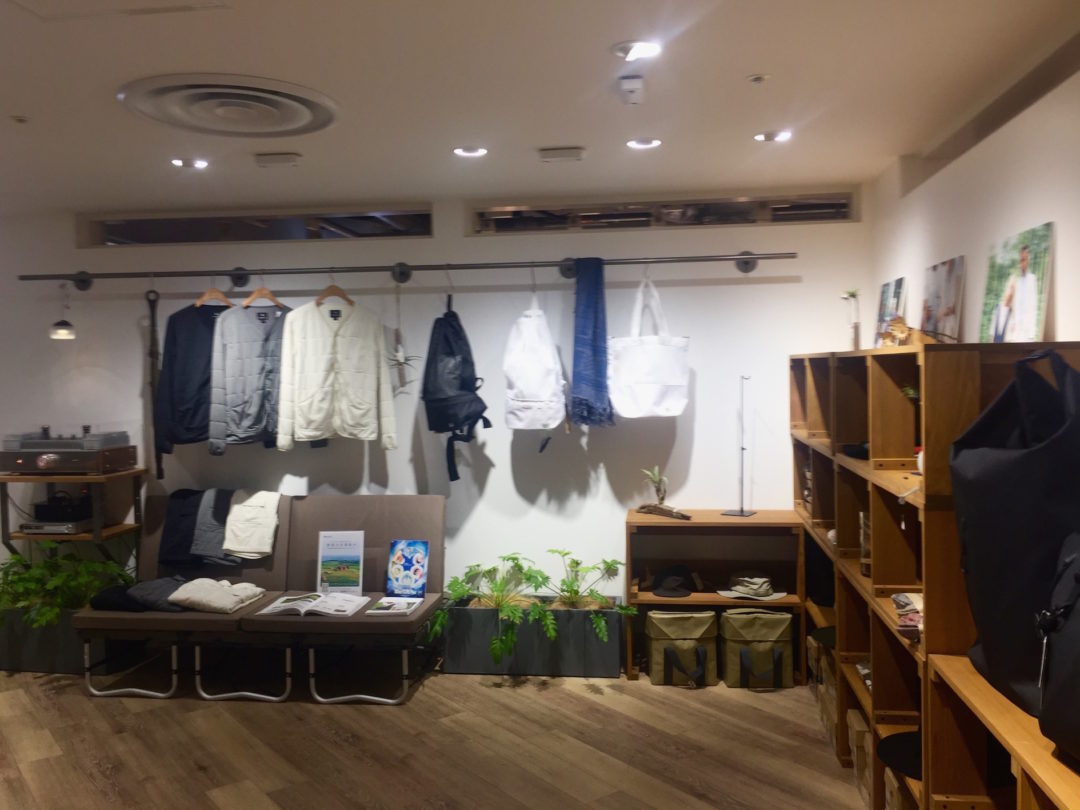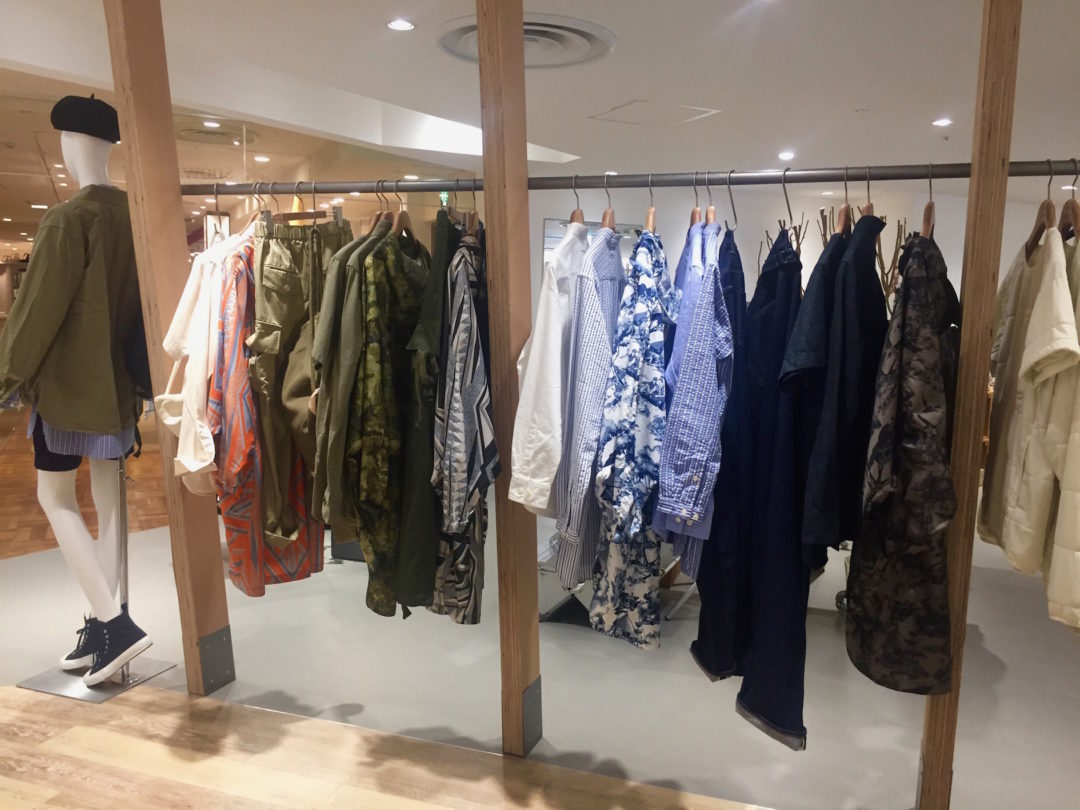I think I’m turning Japanese…

Japanese Style in Ebisu & Harajuku
Department Stores
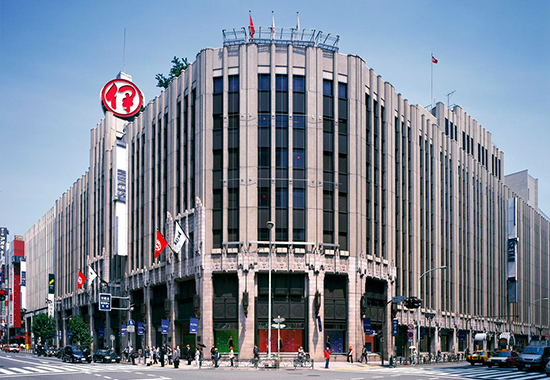
Isetan
From humble beginnings as a kimono fabric shop in 1886, to being part of the Mitsukoshi Holdings Ltd, Japan’s biggest department store chain, Isetan stores are all about theatre. The chain now has 6 main stores in major Japanese cities as well as regional Isetan/Mitsukoshi stores and 15 stores across Asia, mainly Singapore, Malaysia and China as well as a store in Paris.
Mitsukoshi
Lumine
My personal favourite was the Lumine store in Shinjuku. Here there really was a quirky mix of brands per floor. A much smaller company than Mitsukoshi Holdings, Lumine had an unusual birth as a company when, in 1991 four companies/buildings owned by the East Japanese Railway Company were combined to form Lumine. Lumine remains today a major business area of the East Japan Railway Company who still own 95% of the business.
They have however, developed a point of difference within the department store arena with what they term their “multiple speciality shops” these boutiques are presented very much as the shop within shop which they term “Lumine Style”. Their 16 stores located in Tokyo and major Japanese cities, are at the forefront of retail fashion, art and design, with monthly art and design collaborations they call Lumine World.
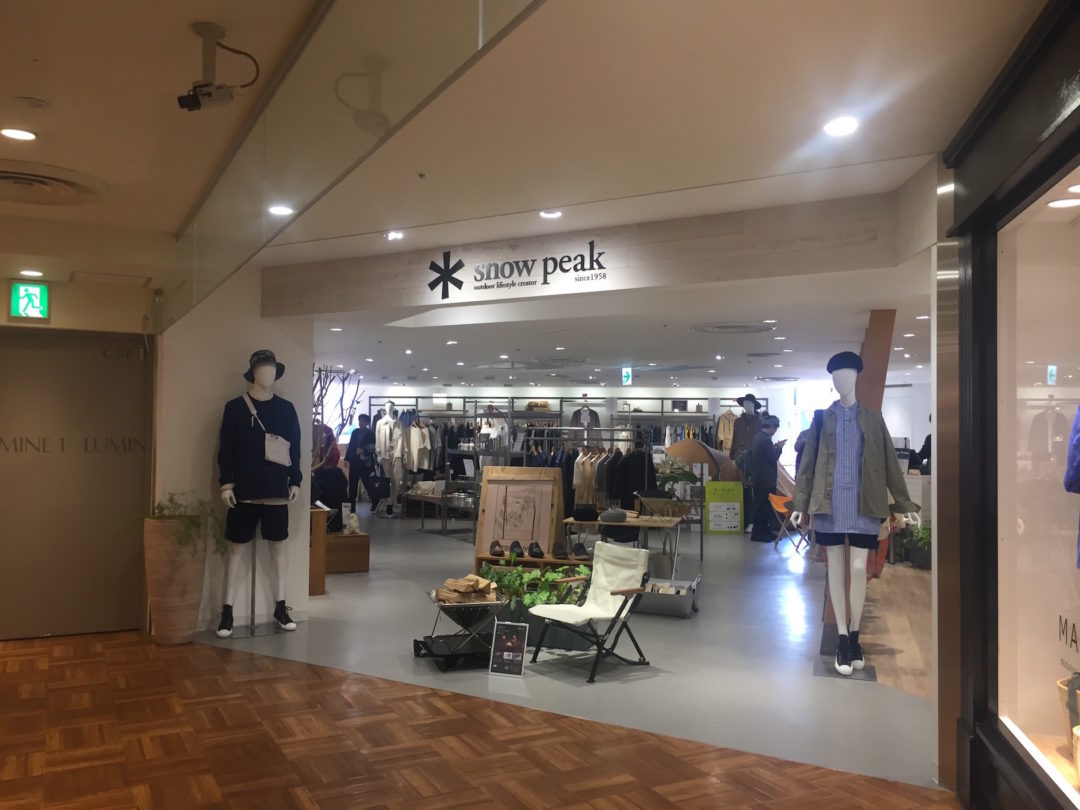
0I0I
0I0I, which in Japanese is pronounced Marui, which translates means circle. Their logo dominates the Tokyo shopping skyline, with some 16 department stores in Tokyo alone and another 35 throughout Japan. This store is a little more mid-priced than Isetan or Mitsukoshi. There are two main brands, 0I0I Marui and 0I0I Modo, with Modo aimed at a younger customer. Again with mixed gender/category brands throughout the floor.
The other point of note is that every brand name sign throughout each of the department stores we visited was written in English.
To see more pictures from Japanese department stores…
Homeware & Furniture
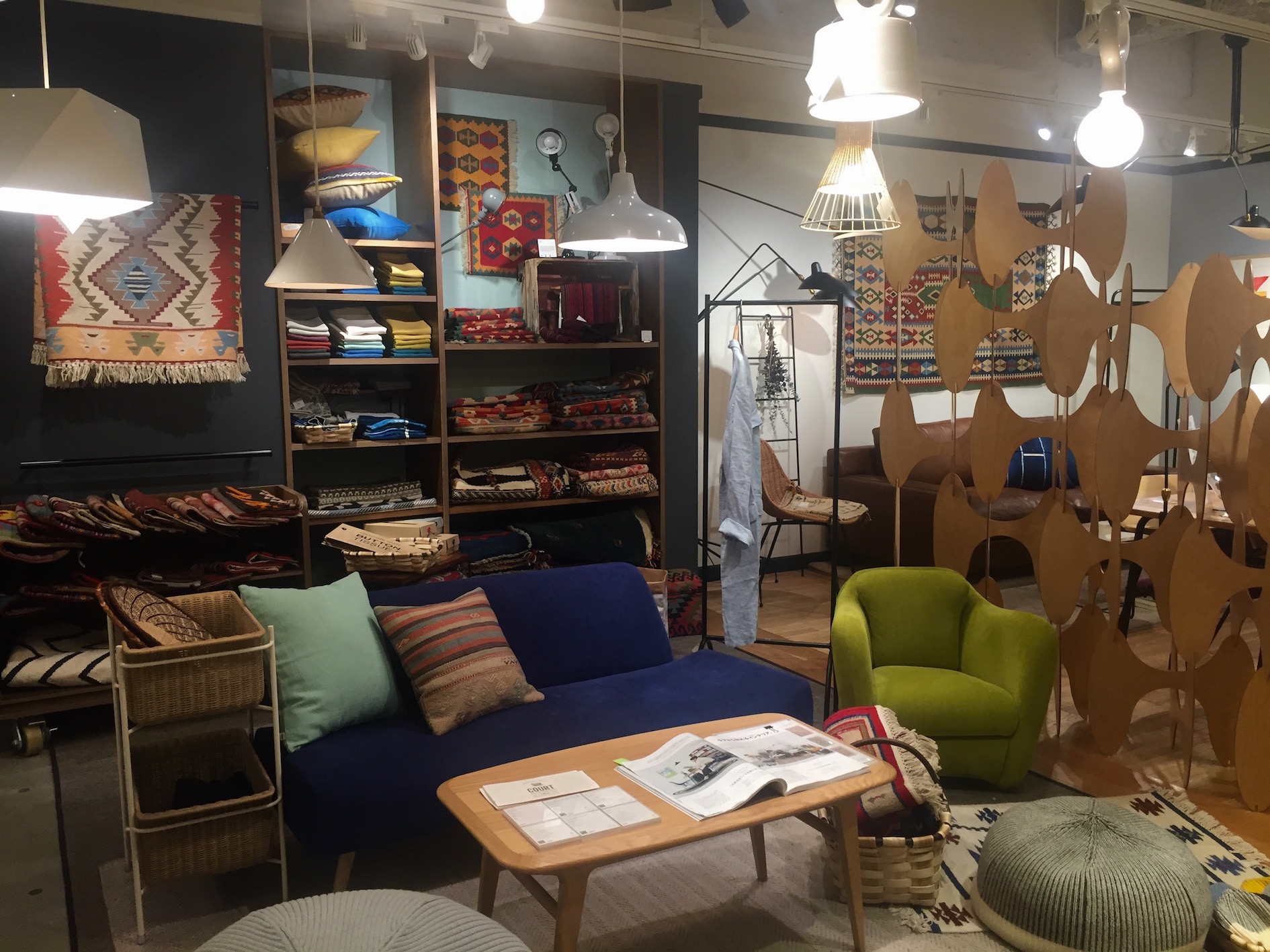

Our first impression was that like the rest of us, mid century furniture and homeware is on trend in Japan. Our second impression was that it would be impossible to seat more than two people on the sofa.
